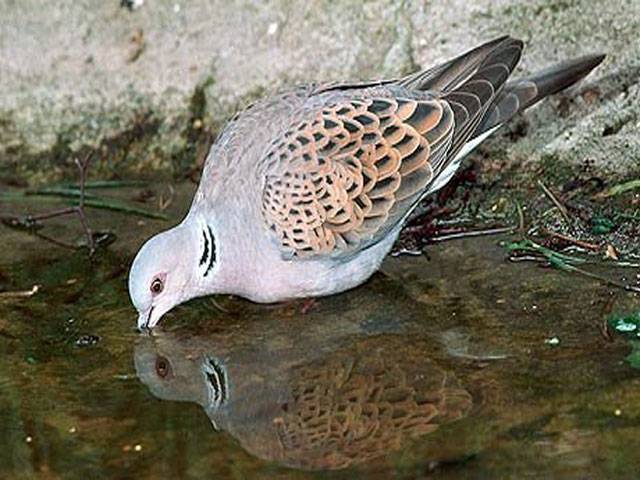BBC
Durham
Populations of the most common bird species in Europe and the US are being altered by climate change, according to an international study.
For the first time researchers showed climate to be having a similar, significant impact on bird populations in large, distant areas of the world. Their study used population-predicting models and three decades of field data, gathered by bird-watching volunteers. The findings are published in the journal Science. Led by Durham University scientists, the team developed models that related each species' habitat to long-term climate patterns. Using annual climate records - from 1980 to 2010 - these models were able to predict where a species had experienced an improvement or a decline in suitable climate.
"We then had this amazing data set collected by thousands of volunteers over decades - where people have gone out and counted birds across different countries in Europe and the United States," explained lead researcher Dr Stephen Willis.
"We can use that to see to what extent our predictions match what people are finding on the ground." The outlook is different for each species. Increasing temperatures in the UK, for example, allow some species to expand their range and increase their population, while the same temperature patterns have made the UK a less suitable habitat for others.
But the overall trends, this study shows, are strikingly similar in the US and Europe; populations are increasing in species predicted to benefit from climate change and decreasing in those predicted to be negatively affected. "One important thing is that we're looking at the most common birds," said Dr Willis. "These birds are doing a lot of good in the countryside - eating crop pests and helping our ecosystems work. "So we need to understand how they'll respond."
Friday, April 19, 2024
Climate predicts bird populations

3:56 PM | March 28, 2024
4:14 PM | March 23, 2024
King Charles's cancer ‘eating him alive,' monarch unable to perform duties: Insider
1:02 AM | April 19, 2024
Mehwish Hayat says she would like to work with Aamir Khan
9:59 PM | April 18, 2024
What caused record-breaking rainfall in UAE?
9:58 PM | April 18, 2024
Donald Trump discusses Ukraine, Middle East, NATO with Polish President Duda
9:57 PM | April 18, 2024
'That'll be awesome,' Rohit Sharma on idea of Pakistan vs India Test series
9:17 PM | April 18, 2024
Hepatitis Challenge
April 18, 2024
IMF Predictions
April 18, 2024
Wheat War
April 18, 2024
Rail Revival
April 17, 2024
Addressing Climate Change
April 17, 2024
Justice denied
April 18, 2024
AI dilemmas unveiled
April 18, 2024
Tax tangle
April 18, 2024
Workforce inequality
April 17, 2024
New partnerships
April 17, 2024
ePaper - Nawaiwaqt
Advertisement
Nawaiwaqt Group | Copyright © 2024





